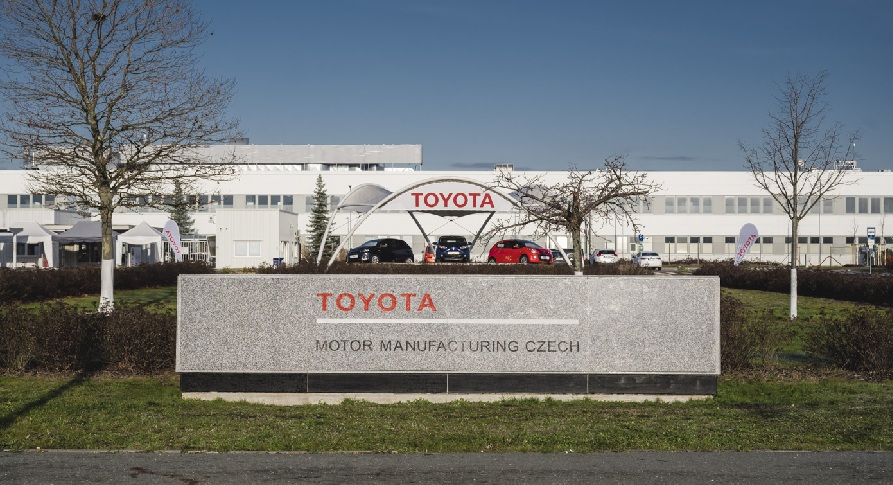Cali’s electric mobility is progressing with a renewal plan that incorporates 154 new electric buses into the transportation system in the first phase.
The purchase of the units will be handled by the Municipal Government, while their operation will be the responsibility of the current concessionaires: Blanco y Negro Masivo, GIT Masivo, and ETM.
“These 154 buses will be bought by the Municipal Government, and they will be operated by the concessionaires,” says a source from the sector to Mobility Portal Latinoamérica.
In this way, CAPEX (capital expenditure) remains in the hands of the municipality, while OPEX (operating expenses) are managed by the private operators.
Currently, each of the depots where these three concessionaires operate will need to be adapted to meet the electric charging requirements.
This indicates that the infrastructure of the depots used by the concessionaires is being reviewed to electrify them.
This stage of adaptation represents the first major challenge to ensure the project’s successful launch.
Depot adjustments: challenges for the concessionaires
Of the three operators, only GIT Masivo and Blanco y Negro have previous experience in electromobility.
As this media outlet has learned, GIT operates a few electric buses that make up less than 5% of its fleet, while Blanco y Negro owns 26 electric units out of a total of 322 buses.
Meanwhile, ETM has no electric vehicles in operation yet.
Therefore, ETM will need to completely build its electrical infrastructure, while Blanco y Negro and GIT Masivo will need to expand the existing infrastructure to accommodate the buses that the municipality will acquire.
This requires different adaptations for each concessionaire, depending on the level of development already present in their depots.
Although there are no official public documents detailing this process, it is claimed that this information can be “deduced” from the fact that the only concessionaires currently active in the system are Blanco y Negro, GIT, and ETM.
A transforming system: the departure of Unimetro
While the transition to electric transport progresses, Cali’s system is also undergoing an operational restructuring.
One of the historic concessionaires, Unimetro, is in the process of liquidation and will not participate in this new phase of electrification.
“Unimetro is being liquidated, which is why the only concessionaires currently operating in this system are Blanco y Negro, GIT, and ETM,” the source highlights.
This situation reinforces the prominence of the three remaining concessionaires, who not only need to continue with the daily operation of the system but also prepare for a large-scale technological transformation.
Public investment, private operation: a hybrid model
The model chosen by the city of Cali is a hybrid management model: the capital investment (CAPEX) is made by the Municipal Government, while the operation (OPEX) is entrusted to the private sector.
This approach aims to expedite the implementation of electric buses without relying on the financial capacity of the concessionaires to acquire the units.
This model has already been adopted in other Latin American cities as part of the strategy to meet climate commitments and reduce emissions in public transport.
The promise of electric buses
Last October, the Mayor of Cali, Alejandro Eder, announced the arrival of 180 electric buses that will be added to the MIO fleet, strengthening the mass transport system.
Eder stated that the purchase of these buses is being evaluated as part of a plan to strengthen the system.
These new vehicles will offer greater comfort to users and contribute to improving mobility in the city.
The mayor also indicated that measures are being taken to control informal transport on the MIO’s trunk routes, according to the Diario de Occidente.
Furthermore, he highlighted the importance of preventing the invasion of the system’s exclusive lanes as part of the strategy to restore the authority of the Mass Transport System.
READ MORE
-
Italy welcomes ABB’s new 50 kW charger: First C50 units installed at Il Castagno outlet
The installation, completed in early June, is part of ABB E-mobility’s Early Adopter Program (EAP), a global initiative aimed at gathering real-world insights to refine new products in their intended environments.
-
Czech Republic in focus: Toyota to build its first electric vehicles in Europe
Toyota is expected to begin production at its new megacentre in the Czech Republic from 2028. Once fully operational, the facility is projected to produce around 100,000 EVs per year.
-
Be.EV installs 16 ultra-rapid chargers at Gallagher Retail Park
The site offers 150 kilowatts charging facilities within a 50,000 sq ft retail park that features major brands such as Decathlon, Costa and B&M.










